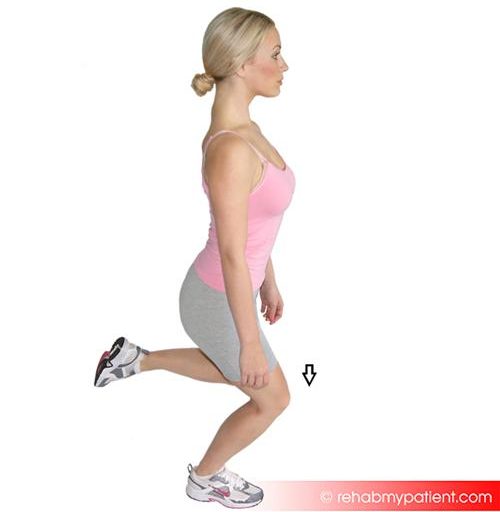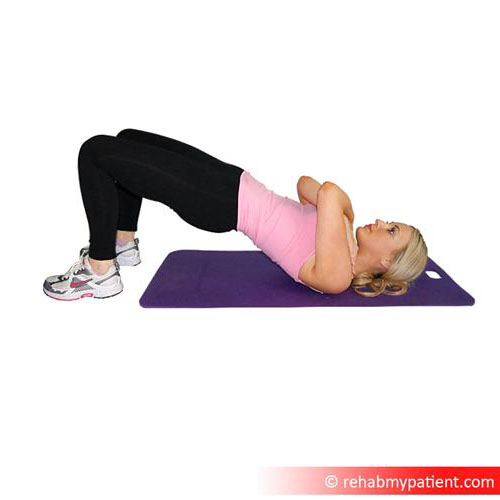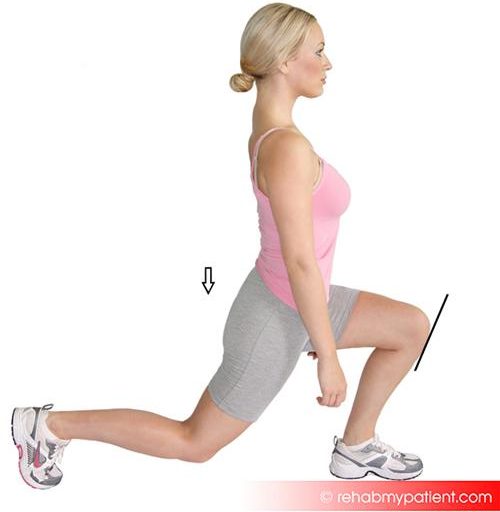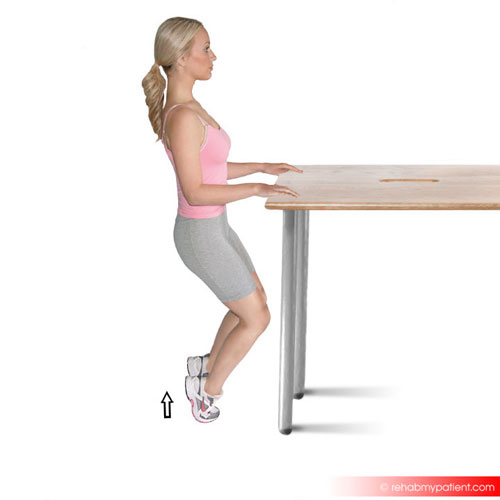RN25 Official Race Info Pack
From start to finish, absolutely everything you need to know as a runner at Run Norwich 2025 is contained within our official race information pack – enjoy!

Story added: 21st February 2019
In the first of an exclusive blog series, Stuart Wardle from Recover Physio looks at some simple daily strengthening exercises you can do to boost your training efforts.
Running is a great thing to do, it keeps you active and healthy, increasing your endorphins to make you feel better and it challenges you. We should all do it.
The problem is it also puts more load through your body from your feet to your ankles, knees, hips and back.
The term ‘load’ is used a lot in professional sports, it is a combination of the intensity of an activity and the duration.
Low load = a light jog for 5 minutes
High load = repeated sprints for 10minutes
But it is also the amount that you do per week, month or year
Low load = Easy jog every 3 days for 2 weeks
High load = Faster run every day for 2 months
Because the body can only take so much before it breaks!
Understanding load means you can plan your training schedule and spread the load, so you don’t overdo it and hurt yourself.
It all depends where you are now…
If you haven’t run for years but have signed up for Run Norwich then, firstly, well done you! (come and see us before and after the run, you’ll deserve your massage!) but secondly, it’s not a great idea to plan a 10km run for your first training session. Your load on that day will be very high as will be your chances of hurting yourself.
It would also not be smart to go and run every day for the next three weeks in the thought that it will automatically make you a good runner. Your load over those weeks will also be very high, again increasing your chances of hurting yourself.
Instead start with some slow, short jogs with some periods of rest (you don’t need to just run constantly for the whole duration of the session, break it up) and give yourself a recovery day between runs so that your weekly load isn’t too high.
You can then slowly build up over time, increasing the distance and speed of your training whilst still giving yourself some rest days so as not to overload your body during each session, week or month.
If, however, you complete a 5km ParkRun every week then your body will be used to doing slightly more already so you can start with a higher daily load and build up gradually between now and the big day. It is still important, however, to make sure your weekly and monthly load isn’t too high. We recommend you get yourself a diary and plan/record your sessions. If you know what you have done and when over the last weeks and months, you can plan your future training loads accordingly.
The increased load going through your body when you run is absorbed by your joints and muscles. This means the best way to protect your joints and absorb more load is to increase your muscle strength.
Strength training and running have long been seen as two distinct entities that do not and should not mix. There are many misconceptions about strength training that keep those who pound the pavement away from building strength.
The fact is strength training has significant benefits to runners. These include:
No, they’re optional and for the race photographs only!
Strength training doesn’t mean lifting heavy things, keep it specific to running. Below is our favourite beginners programme that everyone can do to help absorb the load without needing any special equipment.

Stand on one leg, and bend your knee to the 1/2 squat position.
Make sure when you squat you keep the middle of your knee cap with the middle toes of your foot.
Do not let your knee drift off to one side.
Also keep your hips and pelvis levels as you squat, so you go down in a straight line. Be careful not to slump forwards as you squat, maintain good posture.
Perform 1 times daily | Repeat 2 x 6-10 times | Hold for 3 seconds | Perform both sides

Lie flat on your back with your arms across your chest, and with your knees bent. Squeeze your bottom muscles and lift your body upwards. Make sure you maintain good posture (do not over-arch your lower back) and contract the deep abdominal muscles by squeezing your tummy towards your spine.
This exercise helps to strengthen the abdominal, lower back and gluteal and hamstring muscles.
Perform 1 times daily | Repeat 2 x 3-10 times | Hold for 3 seconds

Take a step forwards, and bend the front knee to in line with ankle. Drop the back knee towards the floor. Always keep good alignment: your knee should stay over middle toe, and never let your knee drop inwards.
Push through your front leg to stand up and repeat the other side.
Perform 1 times daily | Repeat 2 x 4-10 times | Hold for 2 seconds | Perform both sides

Stand up with your knees bent, and rise up onto your toes and hold. Slowly control the movement back down keeping your knee angle the same.
This is a strengthening exercise for the soleus (lower calf) muscle.
Perform 1 times daily | Repeat 2 x 6-12 times | Hold for 2 seconds
Every training day, so when you have a recovery day it really is a recovery day.
Remember if you’re not used to doing this sort of strength training, start with low repetitions and build up slowly as you improve.

Then we’re here for you!
Get in touch by completing the Speak to a Physio form on the Recover Physio website and we’ll be in touch, or call us on 01603 905111.
Stuart Wardle is a Director of Recover Physiotherapy Ltd and an Associate Lecturer on the BSc and MSc Physiotherapy course at UEA.
He worked as a physio at Norwich City FC from 2010 – 2017, before leaving to build Recover Physiotherapy. Specialising in Physiotherapy, Soft Tissue Therapy and Pilates, they have 10 therapists in three locations around Norwich.
Find out more8th December 2025
Norwich's favourite 10k returns Sunday 6th September 2026
19th September 2025
The results from the 2025 Mortgage Advice Bureau Corporate Challenge are now live!
7th September 2025
The 10th edition of Run Norwich took place on Sunday 7th September 2025, and it was nothing short of spectacular. A beautiful sunny morning set the stage for a phenomenal day, with just under 7,800 runners running the sold-out race — the highest number of starters in the event’s history.